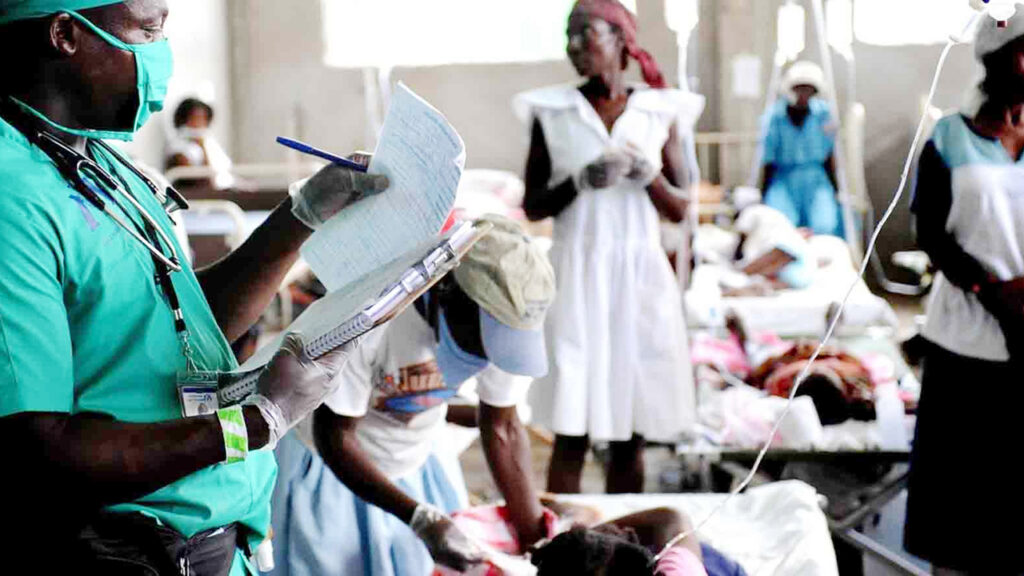
Having been a strategic gateway between Africa and Europe, Tangier, a Moroccan port on the Strait of Gibraltar whose timeless atmosphere attracts millions of tourists, who come to crisscross its narrow-paved streets, is on the verge of securing its Blue Gold at a time when the worldwide water industry is expected to become a trillion-dollar-a-year operation within a decade.
Water, named as the Blue Gold is literally the most valuable wealth, as all living creatures needs it to survive and according to the United Nations, more than one billion people on earth already lacks access to fresh drinking water. Noting that if this persists by 2025, the demand for fresh water is expected to rise to 56 percent more than the amount that is currently available.
Although, the white city of Tangiers enjoys a warm Mediterranean climate with the influence of the ocean keeping it damp and temperate, however, its meteorological profile has been disrupted for several decades: temperatures are rising and rainfall decreasing, affecting the availability of water for millions of the city’s residents.
As the region’s economy is expanding rapidly, attracting numerous industries, as well as experiencing a real population explosion. The need for water is increasing and placing heavy pressure on those who manage this precious resource.
This is why the Moroccan government, having realised the scale of the situation is working towards solving the challenge of access to fresh water by launching the National Drinking Water Supply and Irrigation Programme (PNAEPI) 2020-2027.
Through the National Office of Electricity and Drinking Water (ONEE), the government is investing in a range of infrastructure projects to secure, strengthen and optimise water resources, with support from the African Development Bank. The city of Tangiers has benefited from a project completed in 2023: a raw water supply from the Ibn Battouta dam.
Built in the late 1970s, the reservoir has seen its level drop for several years. With raw water supplies decreasing in volume, it was time to optimize the resource. Until now, raw water from the dam used to flow to the Mharhar treatment plant via the riverbed of the same name. This open-air journey resulted in losses, mainly due to evaporation. An 11-kilometre water pipe has now been built to optimise the resource and remedy the situation.
For the government of Morocco, obviously, water in the region needs to be conserved at any price in light of current and future climatic conditions. This philosophy is shared by the African Development Bank, which is helping Morocco to maintain its momentum. As a result, Africa’s premier development finance institution has supported the ONEE by providing EUR 10 million in funding for the project. This is in addition to the overall amount of EUR 1.2 billion already invested in the water sector in Morocco.
These investments are essential for improving the living conditions of the beneficiary populations and supporting the region’s long-term socioeconomic development.
This project, among many others, points to Morocco’s forward-looking vision for the water sector: one of progress and shared growth.











